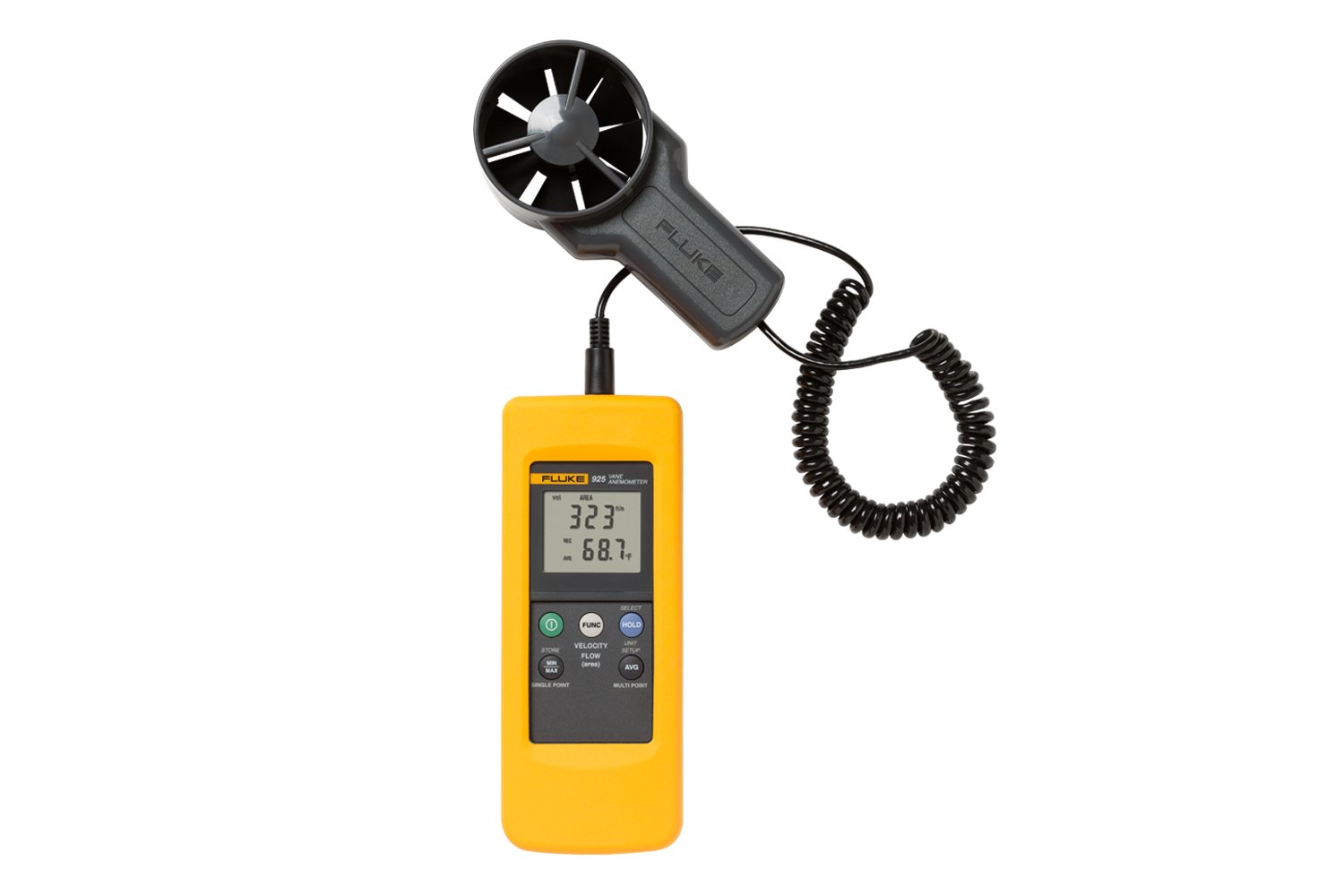All You Need to Learn About Anemometers: Exactly How They Work, Why They Matter, and Where to Use Them
Anemometers, however usually forgotten in the realm of scientific tools, play a vital function in numerous fields, offering beneficial insights right into wind speed and air movement patterns. Comprehending the technicians behind these tools is important for anybody seeking to harness the power of this information. From meteorologists tracking climate patterns to engineers making structures with wind tons in mind, the applications of anemometers are varied and far-reaching. As we explore the complexities of anemometer modern technology, we will reveal the inner functions of these tools, their importance, and the vital factors to consider when selecting the ideal anemometer for specific applications.

Anemometer Basics
A crucial tool used to gauge wind speed and direction, the anemometer plays an important role in weather forecasting and various sectors. An anemometer usually consists of 3 or four cups that revolve in the wind, a vane that directs right into the wind, and sensors to track the activities or rotations.
There are different kinds of anemometers available, including cup anemometers, vane anemometers, hot-wire anemometers, and sonic anemometers, each with its one-of-a-kind features and applications. Cup anemometers are frequently made use of for standard wind speed measurements, while vane anemometers are chosen for directional dimensions.
Concepts of Anemometer Procedure
Building on the foundational understanding of anemometer basics, the principles of anemometer operation illuminate the auto mechanics behind wind speed and direction measurements. Anemometers operate the principle of air flow affecting a sensing unit, creating it to revolve. Mug anemometers, for example, have 3 or even more mugs that record the wind, creating them to rotate much faster as the wind rate rises. The turning rate is after that exchanged a wind rate dimension. Vane anemometers, on the various other hand, make use of a tail or a probe that aligns itself with the wind direction, providing a measurement of wind direction based on the orientation of the sensor. Hot-wire anemometers rely on a heated wire that cools down as wind passes over it, with the rate of cooling down determining the wind speed. Ultrasonic anemometers measure wind rate and instructions by assessing the moment it takes for ultrasonic signals to travel between transducers. Understanding these concepts is critical for trusted and precise wind measurements in numerous applications.
Significance of Anemometers
Anemometers play a critical duty in determining wind rate and direction, giving vital information for web weather forecasting, climate studies, environmental monitoring, and aviation procedures. Meteorologists count on anemometers to collect precise wind data, assisting them comprehend weather patterns, predict storms, and concern prompt cautions to the public. Wind farm operators use anemometers to assess wind problems and make best use of electricity production from wind generators.
Applications Across Various Industries
Applications of anemometers span throughout diverse sectors, showcasing their adaptability and utility past meteorology. In the eco-friendly energy sector, anemometers play a critical function in assessing wind problems for wind farm placements, ensuring ideal power production. Industries like building and construction and mining utilize anemometers to check wind speeds, critical for security methods, particularly when operating at heights or in open-pit mines where strong winds can pose hazards. Anemometers are likewise indispensable in the aviation sector, helping pilots in understanding airspeed and wind instructions for secure liftoffs and landings. The maritime market gain from anemometers for ship navigation, assisting seafarers anticipate weather condition adjustments and adjust paths appropriately. In agriculture, anemometers help farmers in taking care of crop spraying by supplying real-time information on wind rate to avoid drift. Anemometers discover applications in A/c systems to maximize airflow and enhance energy efficiency in buildings. The diverse use situations of anemometers emphasize their relevance throughout different sectors, highlighting their essential function in improving operational security and effectiveness (anemometer).

Picking the Right Anemometer for Your Demands
Selecting the suitable anemometer tailored to your certain needs is essential for obtaining precise wind speed and direction measurements. When selecting an anemometer, think about factors such as the designated application, needed dimension variety, environmental conditions, and preferred functions. For general purposes, a cup anemometer appropriates for measuring wind rate, while a vane anemometer provides wind instructions information. Hot-wire anemometers are excellent for reduced airspeed dimensions, and ultrasonic anemometers use high accuracy and durability.

Verdict
To conclude, anemometers play a vital role in gauging wind rate and direction throughout various sectors. Comprehending the principles of anemometer procedure is important for picking the ideal device for details requirements. From weather forecasting hop over to these guys to aeronautics, anemometers are essential tools for guaranteeing and accumulating accurate information safety in various applications. When picking the most suitable gadget for gauging wind problems., it is essential to take into consideration the significance of anemometers in order to make educated choices.
There are various types of anemometers offered, consisting of mug anemometers, vane anemometers, hot-wire anemometers, and sonic anemometers, each with its unique features and applications. Cup anemometers are commonly used for fundamental wind speed dimensions, while vane anemometers are liked for directional dimensions. Hot-wire anemometers are ideal for reduced airspeeds, and sonic anemometers are perfect for high-precision measurements in research study and industrial settings.Building on the foundational understanding of anemometer fundamentals, the principles of anemometer operation illuminate the auto mechanics behind wind speed and direction measurements. For general purposes, a cup anemometer is suitable for measuring wind speed, while a vane anemometer supplies wind direction information.